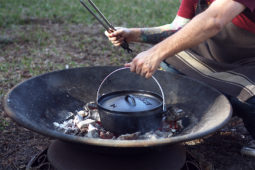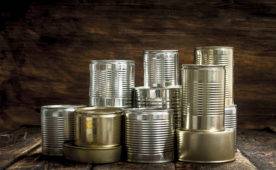Lazy Food: 7 Weeknight Dinners to Keep in Mind When You Don’t Feel Like Cooking
This happens to me way more often than it should––the day has gone longer than expected, I didn't plan carefully enough for what I was going to eat, and now I am home and hungry, without a plan. For much of my life, this has been a recipe to order something, pick up something, or heat up something frozen and in a box. But now I live in a place where few things deliver, the only foods close by are not conducive to living (or sleeping) well, and I have stopped allowing myself to buy things that come in frozen boxes, no matter how lazy I may be feeling.
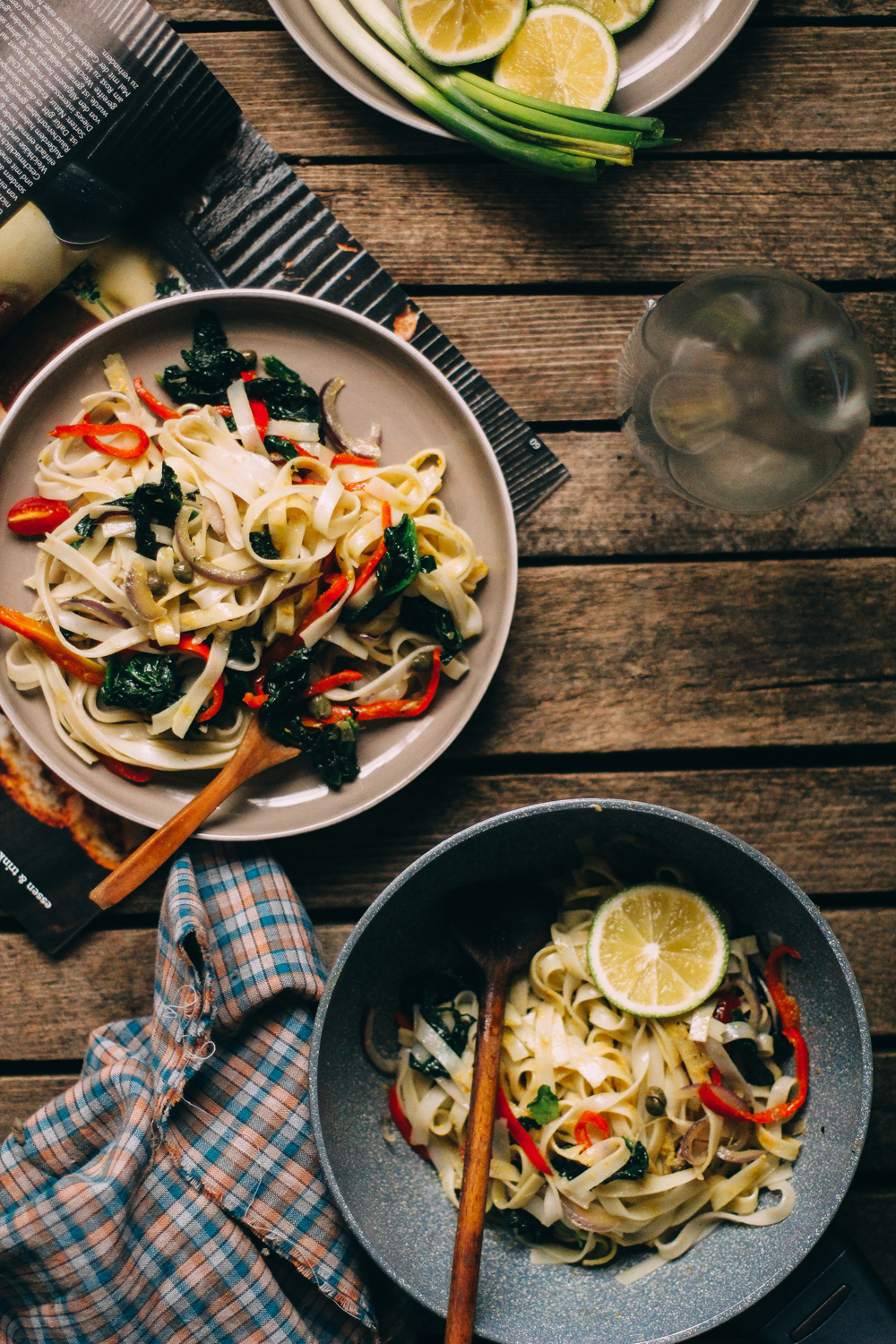
If I have all the time and money in the world, I love to shop and cook. But my foodie instincts don't die down when I'm pressed for time and without resources; instead, they get more and more comfortable with the idea of being covered in cheese or nestled into a dipping sauce.
So I decided that I was going to use the cooking-friendly part of myself and make peace with the bad planning part of myself by making a list of foods that I can throw together with what I can reasonably have on hand. The goal here was to come up with some items that are nourishing, adaptable and made up of ingredients that are either shelf-stable or easy enough to have around. I came up with 7 items that are good, solid standbys. Most of these are not so much dishes with recipes as they are food plans with techniques that can be adapted in lots of different circumstances. I'm not saying that these dishes have 100% kept me from ordering crappy pizza on a Thursday night or bringing home a greasy bag of burgers at the end of a night with friends. But they have come in handy on more than a few occasions.
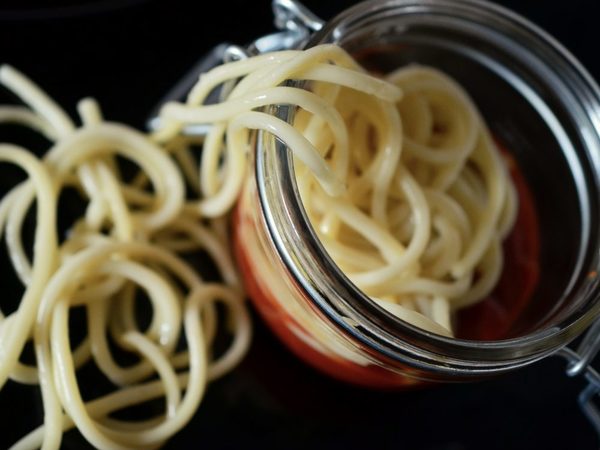
1. Cacio e Pepe
The first is, perhaps, my favorite. Mitch Hedberg once said that Fettucini Al Fredo was Mac and Cheese for adults. But he must never have enjoyed the perfect, cheesy simplicity of cacio e pepe. What's great about this dish is that it is light on ingredients and relies on a technique that, when executed properly, makes something so absurdly delicious, it is a joy to need to make it. For a 2 person service is a half pound of dry, lengthy pasta (spaghetti or linguini work well, but treat yourself to bucatini if you can find), a mound of grated grana pedano cheese (parmesan will work here too. I don't have a measurement for you. If you are using a block of cheese and a micro plane, you legitimately want a mound with a diameter of 10 inches and a few inches high. Reserve enough from the mound to top the completed pasta), 1/4–1/2 stick of butter, salt and a good teaspoon to a teaspoon and a half of freshly ground pepper.
This dish is all about technique, and this is what's crucial: you want to cook the pasta for at least 2 full minutes LESS than the box instructions. Usually for spaghetti, this is like 7-8 minutes. In a skillet, you want to add the undercooked pasta with a 1/2 cup – 1 cup of the pasta water. So you continue cooking the pasta in barely any water––this is going to create a starch-filled dampness that is the base for your sauce. To this you are going to add salt, pepper and all of the cheese. Keep moving the pasta around in this mixture as the cheese and water emulsify for a good 2 minutes. At that stage, add the butter to create a rich sheen over the pasta. Dish it up and put more cheese on top. If you did it right, it should be sumptuously cheesy, perfectly al dente, and seasoned exactly right. It is perfect for sharing with someone you know who will appreciatively say, “wait, you just made this?!”
2. Chop Salad
The thing about a chop salad is that it is an absolute fridge-cleaner of a dish. If you have a solid base of lettuce around, the resources to make a dressing, and something crunchy to put on top, it is absolutely crazy what works in a chop salad. There are the obvious vegetables like cucumber, tomato, carrot, bell pepper or onion, but you can also go with less obvious vegetables that can be either raw or cooked by cold, like broccoli, green beans, roasted butternut squash, brussels sprouts, or even cooked greens (if they are dry enough). Similarly with proteins, you can go with an old standby like chicken (in almost any form as long as there are no bones), eggs or ham, but also think: tuna, sardines, leftover steak, tofu, or even something like tempeh. You can add grains like wheat berries or quinoa. You can throw in things that seem really out of place, like leftover vegetables from fajita night or even cold corn on the cobb. Dried fruit and nuts are perfect. So are all manner of cheese as long as they are not brie or cream. Cold pasta. Defrosted, frozen peas. Olives from a can. Add whatever sounds delicious to you.
Oh and dressing! If you have three things on hand, you will always have dressing: dijon mustard, vinegar, and oil. You want a ratio of 1/2 vinegar to oil (I've seen recipes call for 1/4, but I have no idea what those people are thinking) and you can eyeball the mustard. But to this you can add: chopped garlic, chopped shallots, herbs of all kinds (fresh or dried), and even spices like tumeric or smoked paprika. If you want something more tangy and sweet and sour, add an equal part of honey to the mustard, and use a sweeter vinegar like balsamic. You also want to season your dressing with salt and pepper. Skip the whisk and bowl and put it all in a tupperware container that you can shake the bejeezus out of.
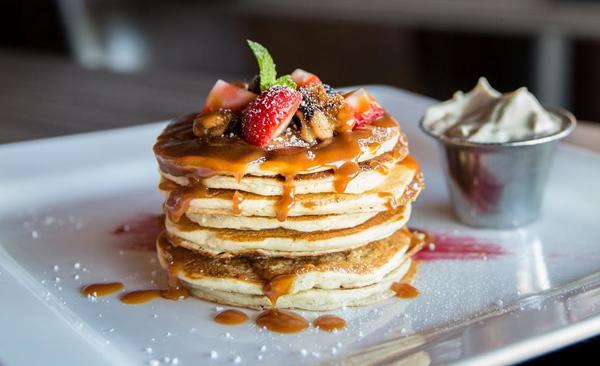
3. Pancakes
The thing about pancakes is that most of the ingredients are easy to have around, they can be adapted in lots of ways, and they are an ideal comfort food. Whatever pancake recipe you like is great. It is going to be some combination of eggs, milk, flour, baking powder and sugar. What is great about them is what you can put on them and alongside them. Bacon is an obvious accompaniment. But so are fresh fruit and berries. If you are feeling like dessert for dinner, add chocolate chips to the batter while they are cooking. If you don't have (or don't like) maple syrup, use honey or slather them with peanut butter. You can cover them with whipped cream of even heated up apple sauce. Have some ripe bananas you want to get rid of? Turn them into magic my mashing 2 in a pan with a half cup of brown sugar. As it all starts to liquify, add some bourbon off the heat. Then, put it back on low heat and let it keep reducing; add butter until you have a caramel-y, banana-y, bourbon-y sauce. In fact, the pancakes might just be a good excuse to make the sauce on its own.
4. Kitchen Pantry Casserole
I'm not sure when I first made a casserole after leaving home, but whenever it was, it was me reinventing a dish that I should have just taken seriously in the first place. The reality is, casseroles are really smart ways to prepare food for people who live real lives. They are hearty. They keep and re-heat really well. They make great lunches. They freeze. They are a smart thing to have in mind to make. And what's great is that you can turn almost anything into a casserole. You just have to be thoughtful about the parts you want to include. You typically want a starchy component, a protein component, a sauce of some kind (or, sometimes, just cheese works as a sauce), and if possible something crunchy and interesting for the top. From this base, you can go in so many directions. Tater tots–bacon–eggs–cheddar cheese is a magical breakfast casserole. Pasta(or potatoes)–ground beef–sloppy joe sauce–cheddar cheese is a crowd-pleasing old standby. Penne–Italian sausage–tomato sauce–parmesan cheese is an easy pasta casserole. The only limit is your imagination (and obviously pad pairings).
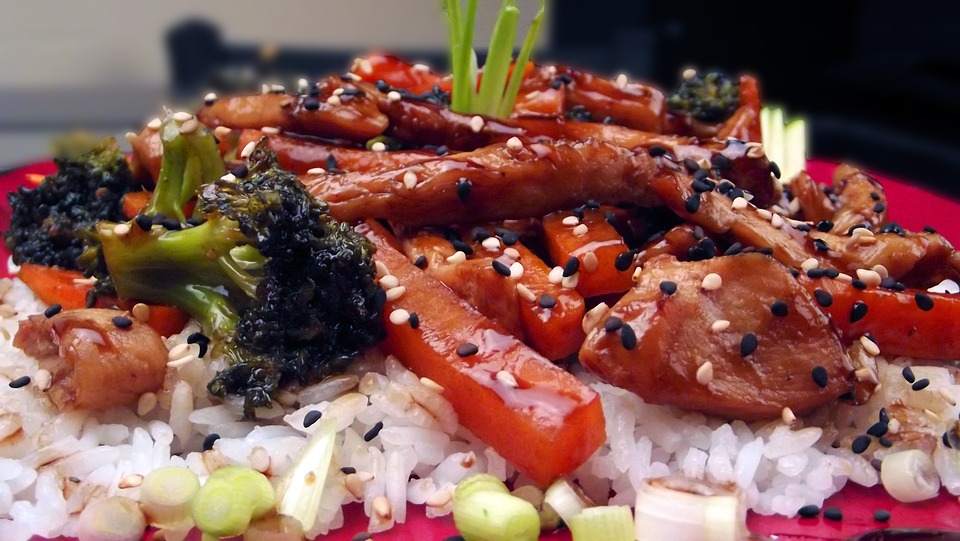
5. Teriyaki Stir Fry
To call this “teriyaki” is actually kind of an affront to the term. But it comes from having been frustrated spending money on bottled or jarred sauces (so often labeled “terikayi”) for making stir fry. So, when I finally forced myself to come up with a process for making a delicious, tangy-sweet, soy-based sauce for putting with stir fried anything, I knew I wouldn't have to put up with expensive bottles any longer. The key is actually simplicity. First for this sauce are aromatics. You want to grate ginger and garlic together so that you have about a tablespoon of each. You also want a half-cup of chopped scallions, a half teaspoon of red pepper flakes, a half cup of brown sugar, a half cup of soy sauce and a quarter cup of rice wine vinegar. Sweat out the scallions, ginger, garlic and pepper flakes in a neutral oil on high heat, and then add the sugar, soy and vinegar. You'll get a sauce very quickly in your pan. To thicken it, you want to use a corn starch slurry that is equal parts corn starch and cold water. I'd say that a half cup of the slurry should be good, and you can see how thick your sauce is once the mixture comes to a boil.
This sauce is good on anything from plain, stir fried green beans to a more complex, multi-step preparation. But what it means is that if I have a few frozen vegetable options or even just some left over vegetables in my fridge, along with maybe some leftover chicken or a block of tofu, I can throw dinner together pretty quickly. Put alongside some rice, it is in no sense authentic, but it keeps me from being overrun with Chinese takeout boxes.
6. Eggs in Hell
This is just too delicious, too easy, and too much fun to cook not to include. This classic Italian preparation usually goes by the name Uovo in Pergatorio, and it is simply eggs poached in a spicy tomato sauce. Its so easy to keep the things for tomato sauce around, and eggs are so cheap that this is a no brainer. You want to make your tomato sauce simply and in a skillet rather than a saucepan or pot. So in a few tablespoons of olive oil, sweat down some finely chopped onion and minced garlic with a teaspoon of red pepper flakes, salt and pepper. Add a can or box of tomatoes and season to taste. Let this cook for a while to really come into a sauce. If it is too reduced, add some water. Then, into your skillet, gentle put in four eggs that you've cracked carefully into a separate bowl (no shells!) Once the four eggs are in, put a cover on for a few minutes. You want the whites to be set but the yokes to be flowing. Ideally, you want to serve this in the skillet––so toss a bunch of parm on top along with some basil if you have it. The ideal accompaniment is a piece or two of toasted, crusty bread that have been rubbed with garlic, but if you don't have any around, a spoon does nicely as well.
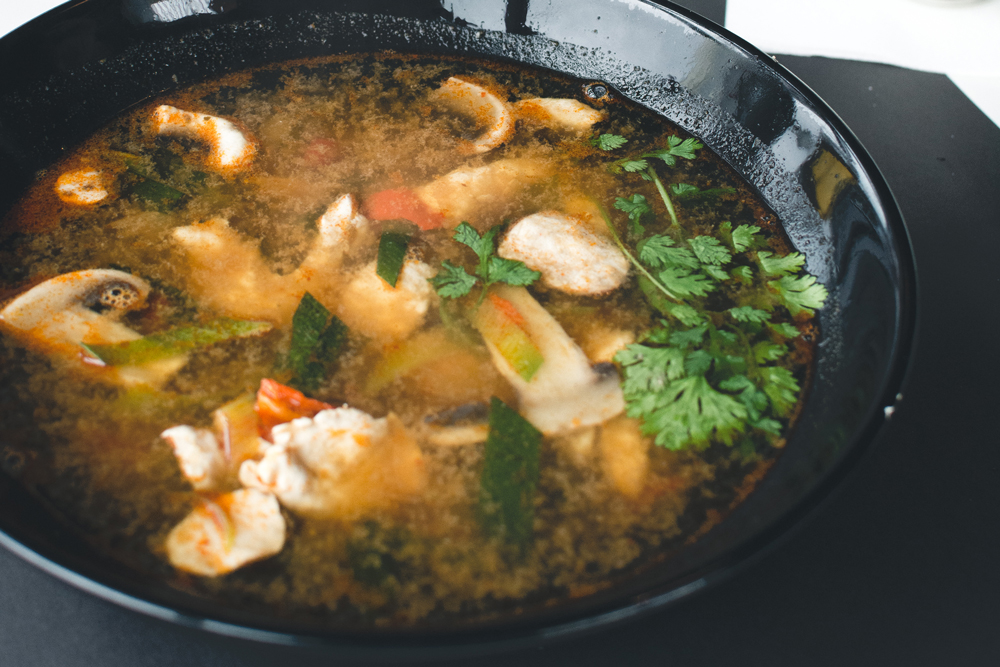
7. Vegetable (and Anything Else) Soup
The only thing to worry about with vegetable soup is knowing that some vegetables needs to be sauteed before being covered in liquid while other veggies can simply poach in the soup. For example, onions need to be sauteed. Without it, onions can be tough, they can never quite soften, and their flavor will NEVER be what they are when they've spent 5-10 mins on direct heat. Peas, by contrast, barely need to cook at all and can be added to the liquid soup without meeting the heat directly. This is another dish that can swallow a lot fridge leftovers––almost any veggie is fair game. In fact, that is the real strength of a vegetable soup. Something about all of those veggies slowly coming together makes almost all vegetable soups taste similar. So there is a huge margin for error––just be smart by not adding any veggies that have been in a sauce or adding anything that obviously doesn't go (like, say, pickles). What is crucial for something like this is seasoning––especially if you use store bought stock and are adding vegetables from different sources, you want to be tasting at all times. If it's a little underwhelming or thin-tasting, add some tomato paste or some soy sauce. If it is over-salted, add more stock or water until the salt level works. This one is hard to mess up, and the payoff is absolutely delicious.



